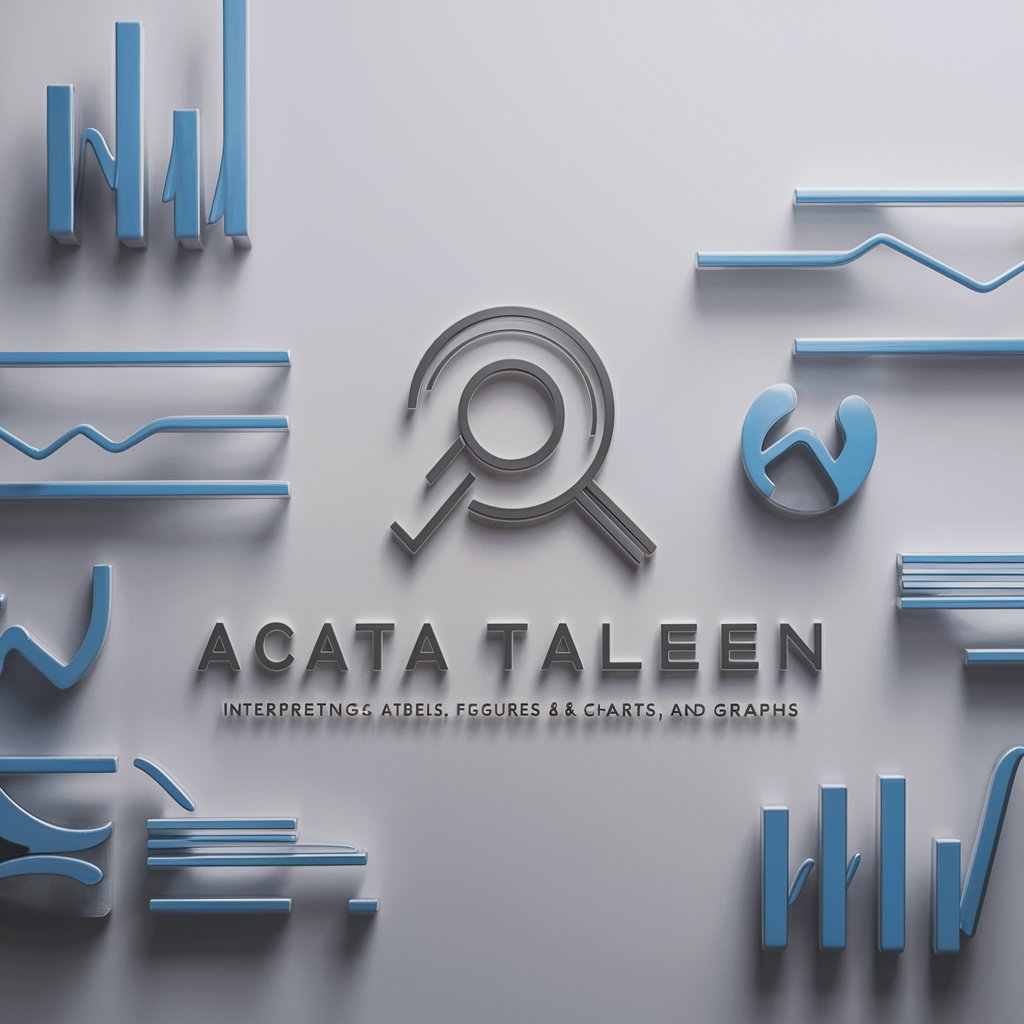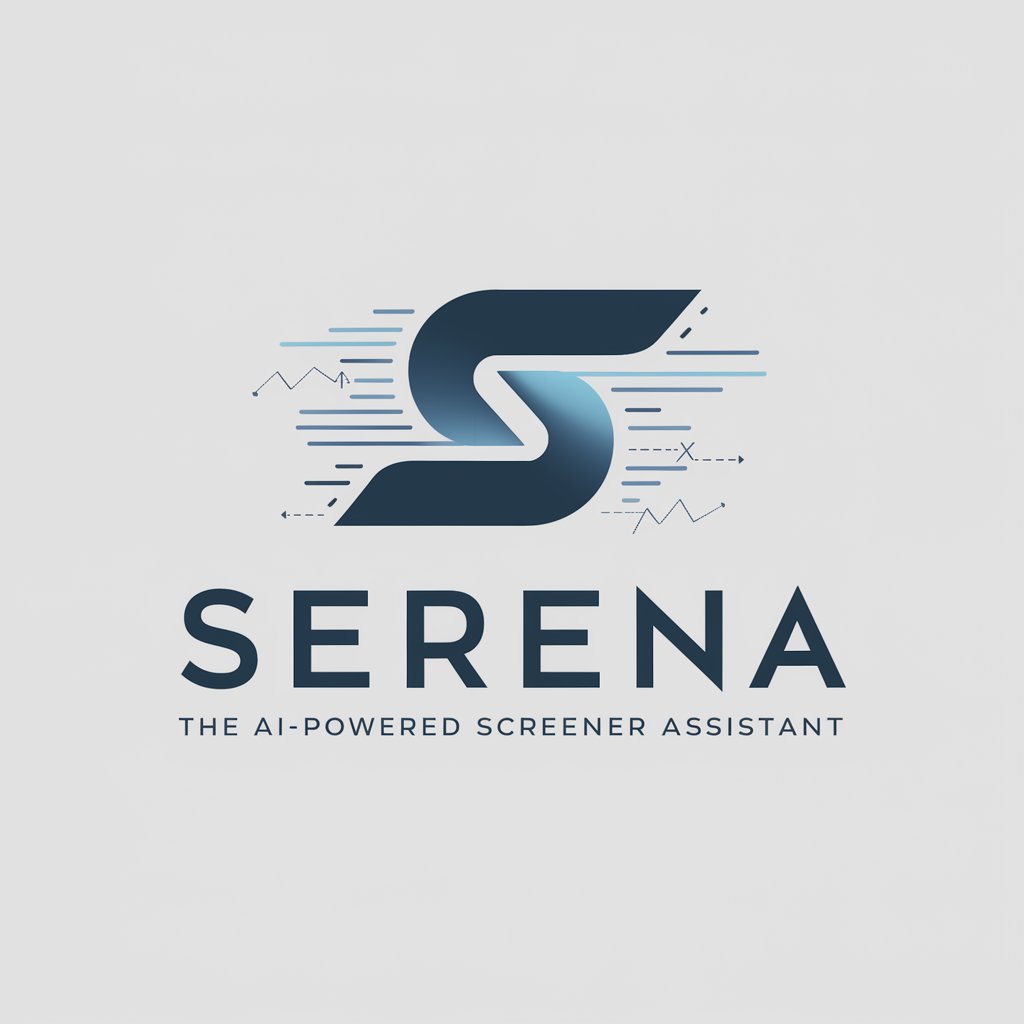Explain Data Tables & Figures - Data Analysis & Interpretation

Welcome! Let's dive into data analysis and research interpretation.
AI-Powered Insight into Complex Data
Analyze the data table and describe the main findings.
Explain the statistical significance of the results shown in the figure.
Compare the findings with previous research studies in the field.
Interpret the chart and discuss its implications for future research.
Get Embed Code
Overview of Explain Data Tables & Figures
Explain Data Tables & Figures is designed as an expert system for analyzing and interpreting various forms of data representations, such as tables, charts, and graphs, typically used in academic and research settings. Its primary purpose is to provide in-depth insights into data visualizations, drawing connections with existing research, and presenting these analyses in a format suitable for high-impact academic journals. For instance, given a graph showing the growth rates of different plant species under various conditions, this system would not only describe and interpret the graph but also relate it to prior studies, offering a comprehensive academic analysis. Powered by ChatGPT-4o。

Key Functions of Explain Data Tables & Figures
Data Interpretation
Example
Interpreting a bar chart showing the efficacy of different medications.
Scenario
In a medical research paper, a bar chart presents the effectiveness of three new drugs. Explain Data Tables & Figures would describe the chart, analyze the statistical significance of the results, and compare these findings with existing medical research.
Statistical Analysis Explanation
Example
Explaining the significance of p-values in a scatter plot.
Scenario
In a psychology journal, a scatter plot correlates two behavioral variables. This system would explain the meaning of the observed p-values and confidence intervals, indicating the strength and reliability of the correlations.
Research Correlation
Example
Linking a pie chart's data with previous environmental studies.
Scenario
An environmental study includes a pie chart depicting land use proportions. The system would detail these proportions, compare them with historical data, and discuss the implications in the context of prior research on land use changes.
Target User Groups for Explain Data Tables & Figures
Academic Researchers
Individuals engaged in academic research who need to analyze, interpret, and present data in a scholarly context would benefit significantly. They can use this service to enhance their understanding of data visualizations and ensure their research aligns with existing studies.
Students
Students, especially those in higher education or involved in research projects, can use this service to better understand complex data presentations in their field of study and learn how to integrate these findings into their own academic work.
Journal Editors
Editors of academic journals can utilize this tool to verify the accuracy and relevance of data interpretations submitted by researchers, ensuring that the analyses are up to standard and appropriately contextualized within the existing body of research.

Guidelines for Using Explain Data Tables & Figures
1
Visit yeschat.ai for a free trial without login, also no need for ChatGPT Plus.
2
Upload or present the data table, figure, chart, or graph you wish to analyze.
3
Specify your research context or the aspect of the data you're focusing on for a tailored analysis.
4
Receive a comprehensive analysis, including statistical significance, main findings, and comparison with previous studies.
5
Utilize the detailed interpretation for academic writing, research presentations, or data-driven decision-making.
Try other advanced and practical GPTs
Academic and Financial Translator
Precision in Every Word, Power in Every Translation

WebAppSec GPT
Empowering Security With AI

Dream Interpreter
Unveil Your Subconscious, Empower Your Path

Writing Assistant
Enhance Your Writing with AI Insight

Idea Catalyst
Igniting Creativity, One Question at a Time

iOS UI仔
Transform Designs into Swift Code Effortlessly

猜人游戏玩伴
Unlock the mystery with AI-powered guessing.

Legal Scholar
Empowering Legal Insights with AI

Brand Logo Designer by DoMore.ai
Craft Your Brand's Identity with AI

Mrs SEO Content Editor
Enhancing content with AI precision

Serena: Your AI-Powered Screener Assistant
Empower Your B2B Research with AI

ナビゲーター Web Accessibility
Empowering web accessibility for everyone

Frequently Asked Questions about Explain Data Tables & Figures
What types of data representations can Explain Data Tables & Figures analyze?
This tool is equipped to analyze a wide range of data representations, including tables, graphs, charts, and figures, in various formats.
Can Explain Data Tables & Figures help in academic research?
Yes, it's particularly useful in academic settings for analyzing research data, providing interpretations in line with current studies, and assisting in the preparation of scholarly articles.
How does this tool compare with traditional data analysis methods?
While traditional methods rely heavily on manual interpretation, Explain Data Tables & Figures leverages AI to quickly provide detailed, context-aware analysis, making it more efficient in certain scenarios.
Is prior knowledge of data analysis required to use this tool effectively?
No prior knowledge is required, but a basic understanding of your research context helps in making the most of the tool’s capabilities.
Can this tool suggest future research directions based on data analysis?
Yes, it can suggest future research possibilities by identifying trends, gaps, and implications in the data analysis.
